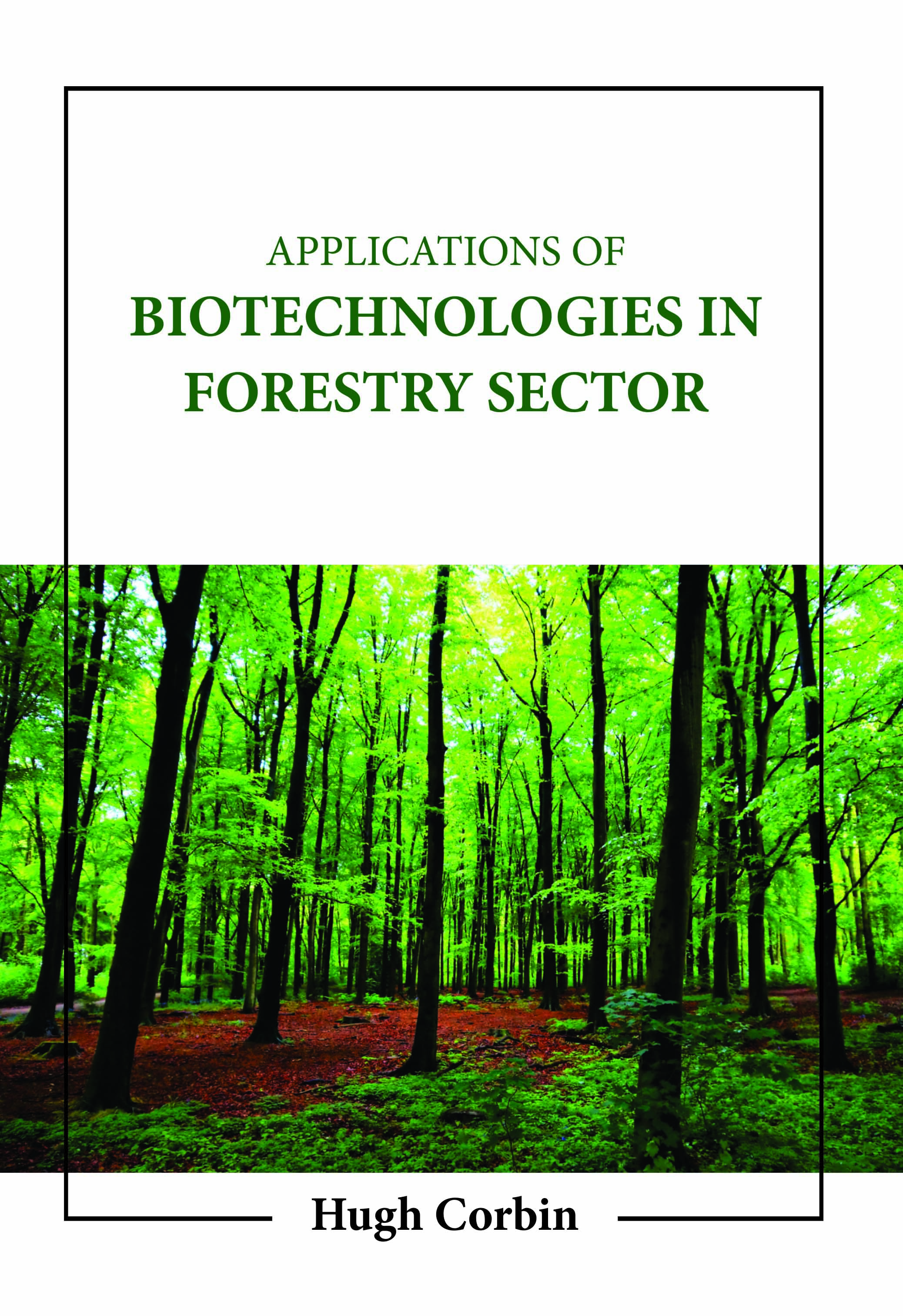
Applications of Biotechnologies in Forestry Sector
by Hugh Corbin
| ISBN | 9781806242092 |
|---|---|
| Publisher | Digital Drive Learning |
| Copyright Year | 2026 |
| Price | $260.00 |

by Hugh Corbin
| ISBN | 9781806242092 |
|---|---|
| Publisher | Digital Drive Learning |
| Copyright Year | 2026 |
| Price | $260.00 |
The three primary areas of biotechnological innovation in forestry are the application of vegetative reproduction techniques, the use of genetic markers, and the creation of genetically modified organisms (GMOs), or transgenic trees. The majority of biotechnologies employed in forestry nowadays include tissue culture-based vegetative reproduction and the use of molecular markers. Beyond economic gains like higher output, lower consumer costs, and trees engineered for easier processing or specific production qualities, biotechnology in forestry has environmental gains like preserving biodiversity and reducing global warming. However, biotechnology advancements also bring up issues related to biosafety, transgenic plant effects on pathogen resistance, and the natural ecosystem, particularly the issue of genetic exchange between domestic and wild populations. Plant biotechnologies are essential for the mass production of better crop varieties and their genetic enhancement (via in vitro tissue culture and clonal propagation). Additionally, they can aid in the propagation of plant species that contain beneficial and physiologically active materials, such as food additives, pigment, medications, biopesticides, etc. Cell and organ tissue culturing may be more effective than traditional extraction. Using biological agents like fungi, bacteria, and extracellular enzymes—more particularly, biotechnology—offers a wide range of potential applications and, as a result, advantages for the forest products business. Biotechnological manipulations have been demonstrated to support and/or improve traditional wood processing operations, such as the production of pulp and paper and the recycling of paper. It may positively impact the environment and the economy by reducing waste, conserving energy, and reducing the release of hazardous chemicals into the environment. This book thoroughly analyses specialized research focused on the effective and environmentally responsible use of forests.